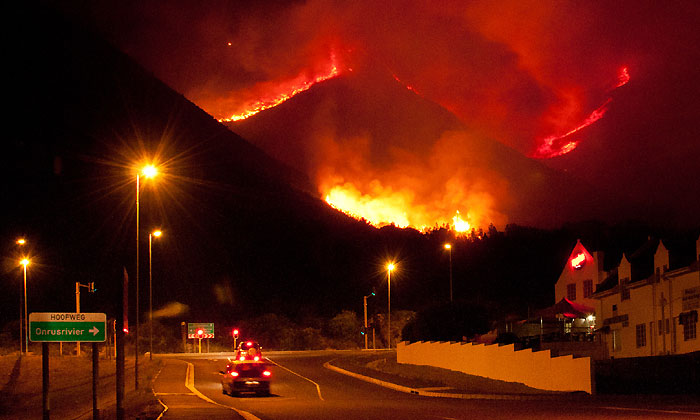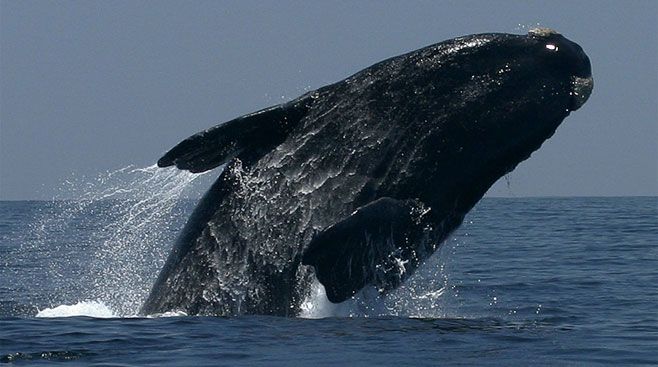
Diary of a Decisive Decade
December 18, 2015
Fire and Hermanus History
January 26, 2016The sea around Hermanus once teemed with southern right whales. Their history is a tale of near disaster, but a happy ending.
For millions of years, whales were peacefully making their annual journey from Antarctica to the shores of Africa to mate and give birth to the next generation of little whales.
There were once hundreds of thousands of whales and the numbers were only kept in check by natural controls. Orcas killed and ate whale calves and occasionally disease would take a few. Meat eating animals on the coast would check from time to time to see if a whale carcase might have washed up on the shore, because that meant a real protein feast for all.
Then Europeans arrived. They were not the first people here, but none of the indigenous people had the boats or the weapons to take on a whale. The Europeans did. And when they came they had already built up expertise by virtually wiping out the northern right whale. From about 1750 whale-hunting began in earnest in the Southern Hemisphere, and over the next 180 years close to 1 million southern right whales were hunted down.
By the time control and then banning of whaling took effect over the period 1940-1960, the whale population had dropped to 1% of its original size, barely enough to keep the species alive.
But the ban has been successful. Since 1970 the whale population has grown by about 7% per annum, which means that it doubles every 10-12 years. And whale-watching has become very popular with tourists flocking to Hermanus and other spots to see the peaceful giants feeding their calves, breaching out of the sea in great leaps or gracefully raising their tails as they slide beneath the surface.
If you were here in 1740, you would have seen thousands of whales. If you had returned in 1940 you would have seen none. Now in 2016 the whales are back for us all to enjoy.
(Dr Robin Lee)

